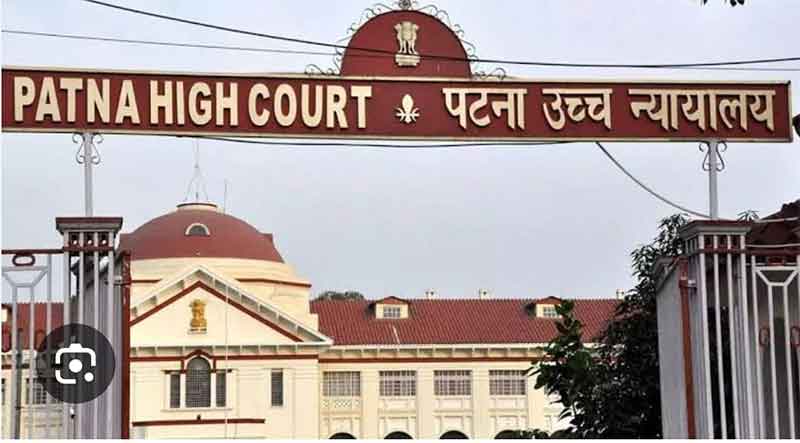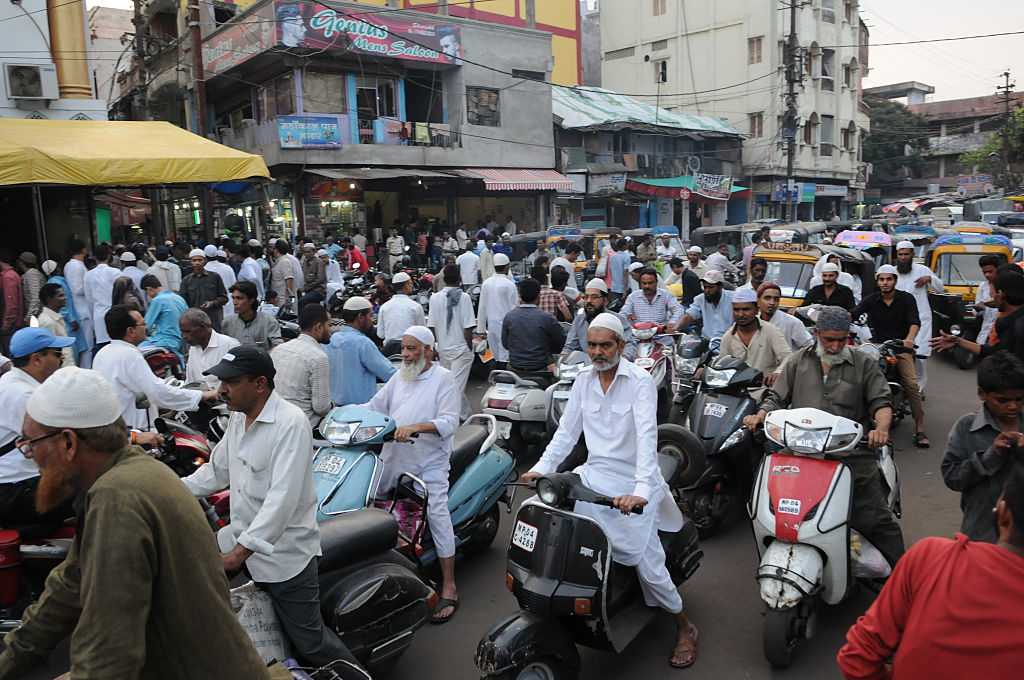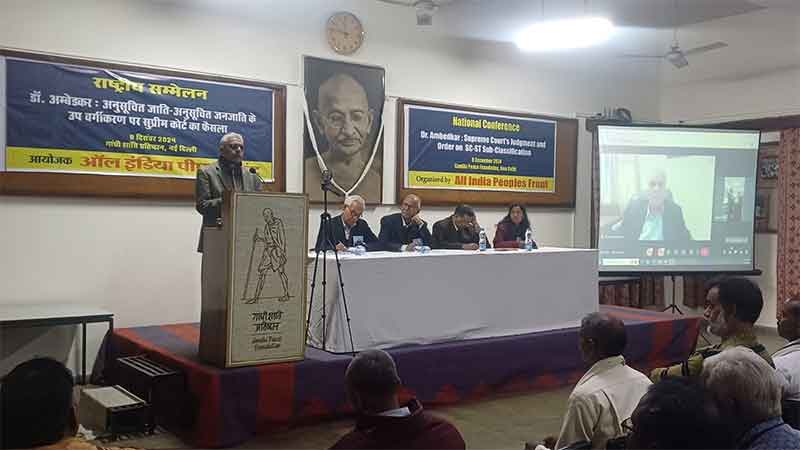
The Patna High Court’s recent decision to uphold Bihar’s caste quota law has reignited a crucial debate about reservation policies in India. This verdict challenges the longstanding 50% reservation limit set by the Supreme Court in the landmark Indra Sawhney case of 1992. Let’s delve deeper into the Patna High Court’s ruling, the 50% reservation rule’s background, and what this could mean for the future of affirmative action in India.
Understanding Bihar’s Caste Quota Law
Bihar’s caste quota law, known formally as the Bihar Reservation Act, was established to enhance representation for marginalized communities in education and government jobs. The intent behind this legislation is to address historical injustices and promote a more equitable society. However, the law has faced legal challenges because it proposes reservations exceeding the 50% limit previously set by the Supreme Court. This has led to a significant legal debate and public discourse about the boundaries of affirmative action.
The 50% Reservation Rule: Historical Context
The 50% cap on reservations stems from the Supreme Court’s 1992 ruling in the Indra Sawhney vs. Union of India case, also known as the Mandal Commission case. This case was a turning point in India’s approach to affirmative action. The Supreme Court decided that reservations in public employment and educational institutions should not exceed 50% of the total seats available. The rationale was to maintain a balance between ensuring opportunities for underrepresented groups and upholding meritocracy for the general population.
The Patna High Court’s Verdict
In its recent ruling, the Patna High Court upheld the constitutionality of Bihar’s caste quota law, despite it proposing to exceed the 50% reservation cap. The court based its decision on several key points:
- Acknowledging Historical and Social Inequities: The court recognized the severe historical disadvantages faced by certain communities in Bihar. It argued that Bihar’s unique social and economic conditions justify a broader reservation policy to correct these deep-seated inequities. This perspective acknowledges that uniform rules might not address the diverse and specific needs of different regions.
- Referencing Constitutional Amendments: The court took into account the 103rd Constitutional Amendment, which allows for a 10% reservation for Economically Weaker Sections (EWS) beyond existing quotas for OBCs, SCs, and STs. This amendment indicates a more flexible approach to the 50% reservation cap, suggesting that under certain conditions, exceeding this limit might be constitutionally permissible.
- Considering Supreme Court Precedents: While the Indra Sawhney case set a general limit of 50%, later Supreme Court rulings have allowed for exceptions under extraordinary circumstances specific to a state or region. The Patna High Court’s decision aligns with these precedents, recognizing Bihar’s socio-economic context as compelling grounds for exceeding the reservation limit.
Implications of the Patna High Court’s Decision
The Patna High Court’s ruling on Bihar’s caste quota law could have significant and wide-ranging implications for the country:
- Potential for Broader Interpretations: This ruling may open the door for other states to seek similar exemptions to the 50% reservation rule. States could argue that their unique social and historical contexts warrant deviations from this cap, potentially leading to a reevaluation of the reservation policies across the country.
- Possible Increase in Reservations: If other states follow Bihar’s lead, we could see an increase in the percentage of reserved seats in both educational institutions and public employment. This trend could provoke further legal and political debates on the appropriate extent of reservations and their impact on society.
- Balancing Equity and Merit: The ruling underscores the ongoing challenge of balancing the need for social justice with the principles of meritocracy. Ensuring fair opportunities for all societal segments while promoting merit remains a critical issue. This balance is essential for fostering an inclusive society that values both equity and excellence.
- Future Judicial Review and Challenges: This decision will likely face scrutiny and potential challenges in higher courts, including the Supreme Court. The legal discourse will continue to focus on how to interpret and apply the 50% reservation cap in light of evolving societal needs and constitutional principles.
The Broader Debate on Reservations
India’s reservation policies have long been a subject of heated debate. On one side, reservations are seen as essential tools for addressing historical injustices and promoting social equity. On the other side, critics argue that excessive reservations can undermine meritocracy and create divisions. The Patna High Court’s ruling adds a new dimension to this debate by questioning the rigidity of the 50% cap and suggesting that there may be legitimate grounds for exceeding it.
Exploring the Future of Reservation Policies
The Patna High Court’s decision invites us to rethink the frameworks governing reservation policies in India. As society evolves, the legal system must adapt to address contemporary challenges and ensure that affirmative action continues to serve its intended purpose without compromising fairness.
1. Customizing Reservation Policies
One of the critical takeaways from the Patna High Court’s ruling is the need for context-specific approaches to reservation policies. Different states in India have unique social, economic, and historical contexts that might justify deviations from the standard reservation limits. Policymakers and courts might need to consider more flexible and nuanced frameworks that can accommodate these variations while maintaining the overall objectives of affirmative action.
2. Balancing Social Justice and Merit
The ongoing challenge will be finding the right balance between promoting social justice and upholding meritocracy. Both are essential for creating an inclusive society where everyone has an equal opportunity to succeed. Future policies and legal interpretations must strive to achieve this balance, ensuring that affirmative action policies are both fair and effective.
3. Engaging in Public Discourse
The debate over reservation policies is not just a legal issue but a societal one. Public discourse and engagement are crucial for understanding different perspectives and finding common ground. By involving diverse voices in the conversation, we can develop more comprehensive and equitable policies that reflect the needs and aspirations of all sections of society.
Subscribe to Our Newsletter
Get the latest CounterCurrents updates delivered straight to your inbox.
Conclusion
The Patna High Court’s ruling on Bihar’s caste quota law marks a significant moment in the ongoing evolution of reservation policies in India. It challenges the traditional boundaries of affirmative action and prompts us to rethink how we achieve social justice in a diverse and complex society.
As we move forward, it is essential to engage in thoughtful and inclusive discussions about the future of reservation policies. By balancing the principles of equity and merit, we can ensure that our policies foster an inclusive society where everyone has the opportunity to thrive. The Patna High Court’s decision serves as a reminder of the dynamic and context-specific nature of affirmative action and the importance of continually adapting our approaches to meet the evolving needs of society.
The debate over the 50% reservation rule and its applications will continue to shape the landscape of Indian constitutional law and social policy for years to come. As we anticipate further legal interpretations and potential appeals, this ruling stands as a critical juncture in India’s journey towards equitable representation and inclusion.
For a deeper dive into this ruling and its broader implications, you can read more about it on LiveLaw here.
Sumit Kr. Gupta, Advocate, Delhi High Court















































